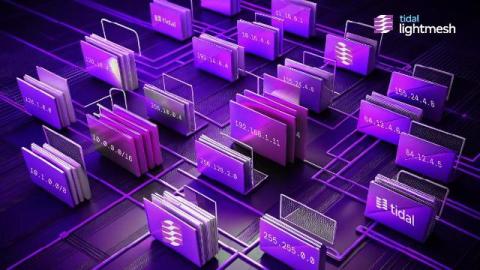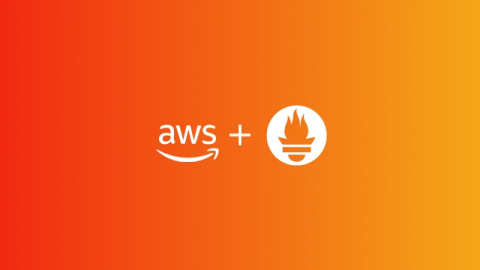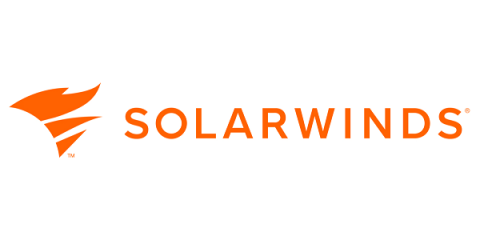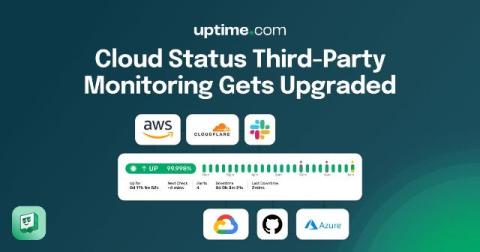Introducing Network Containers in Tidal LightMesh IPAM
As networks expand across on-premises and cloud environments, many organizations find themselves struggling with scattered, unstructured networks. Often, networks grow in silos, with subnets being created independently in AWS, Azure, and other environments over time, leading to a messy and hard-to-manage structure. This is especially true for enterprises undergoing mergers and acquisitions, where integrating entirely separate network systems can quickly turn into an administrative headache.











